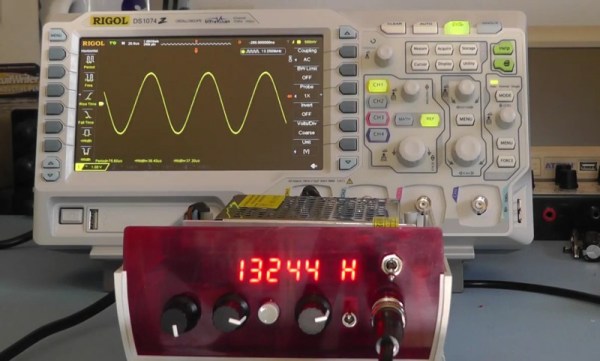Bristlebots are one of our favorite projects to teach young hackers the basics of electronics. They’re easy to build, fun, and most importantly — cute. Usually you make them out of the head of an old toothbrush and a cellphone vibrating motor, but [Kevin Osborn] figured out a way to 3D print the entire thing!
He got the idea from [Mark Peeters] who figured out how to turn one of the disadvantages of FDM style printers, into a new way of producing more abstract 3D prints… He calls it the Drooloop method, and you can make some really cool 3D printed flowers with it! Basically, it means you design parts without support structures and design in a droop. If you do it right, you can create the bristles for your Bristlebot!
Continue reading “3D Printed Bristle Bots (Robot Cockroaches!)”













